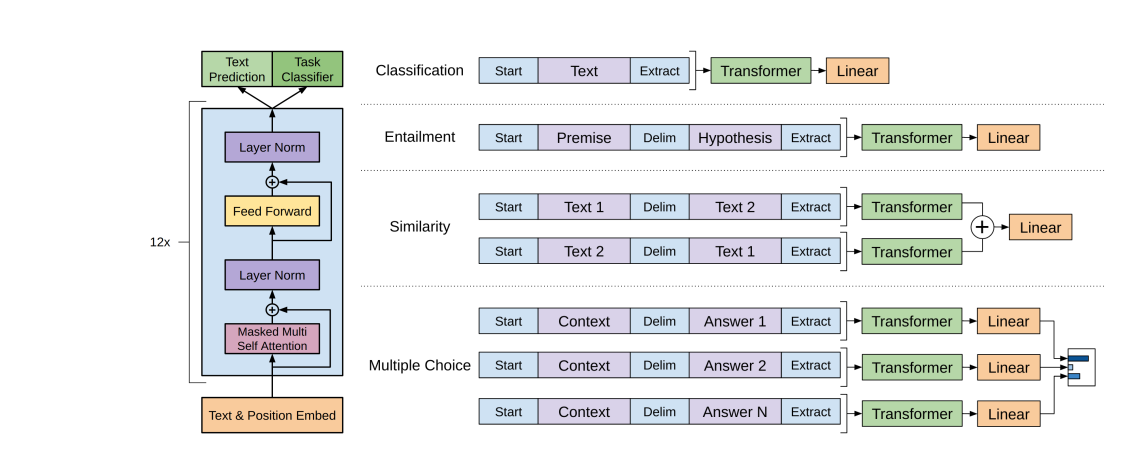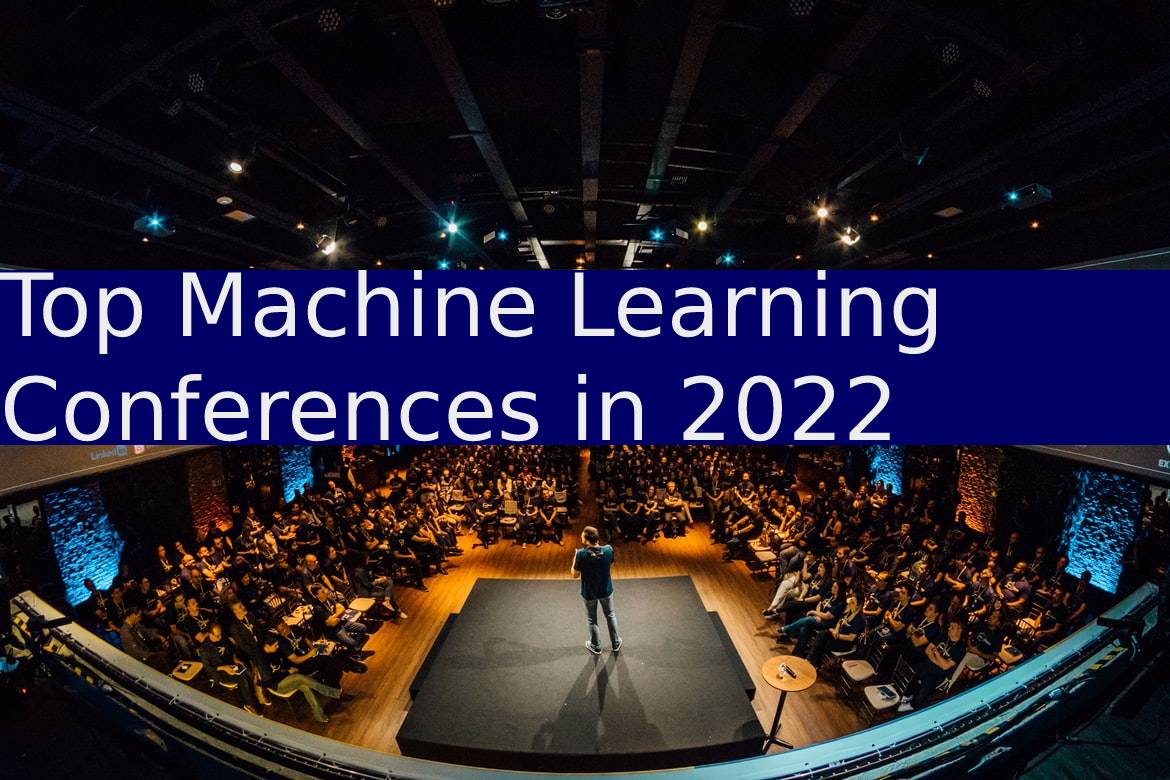Delving Deeper into Machine Learning Venues: The Future of Large Language Models
In my previous article, we touched upon the transformative role of machine learning (ML) and large language models (LLMs) in various sectors, from technology to healthcare. Building upon that discussion, let’s dive deeper into the intricacies of machine learning venues, focusing on the development, challenges, and future trajectory of large language models. As we navigate through this complex landscape, we’ll explore the emerging trends and how they’re shaping the next generation of AI technologies.
The Evolution of Machine Learning Venues
Machine learning venues, comprising academic conferences, journals, and collaborative platforms, are pivotal in the advancement of ML research and development. They serve as a crucible for innovation, where ideas are shared, critiqued, and refined. Over the years, these venues have witnessed the rapid evolution of ML technologies, with large language models like GPT (Generative Pretrained Transformer) and BERT (Bidirectional Encoder Representations from Transformers) marking significant milestones in natural language processing (NLP).
< >
>
Current Challenges facing Large Language Models
- Data Bias and Ethics: One of the paramount challenges is the inherent data bias within LLMs. As these models learn from vast datasets, they often inadvertently perpetuate and amplify biases present in the source material.
- Computational Resources: The training of LLMs requires substantial computational resources, raising concerns about environmental impact and limiting access to entities with sufficient infrastructure.
- Interpretability: Despite their impressive capabilities, LLMs often operate as “black boxes,” making it difficult to understand how they arrive at certain decisions or outputs.
Addressing these challenges is not just a technical endeavor but also a philosophical one, requiring a multidisciplinary approach that encompasses ethics, equity, and environmental sustainability.
The Future of Large Language Models and Machine Learning Venues
Looking ahead, the future of large language models and their development venues is poised to embark on a transformative journey. Here are a few trends to watch:
- Focus on Sustainability: Innovations in ML will increasingly prioritize computational efficiency and environmental sustainability, seeking to reduce the carbon footprint of training large-scale models.
- Enhanced Transparency and Ethics: The ML community is moving towards more ethical AI, emphasizing the development of models that are not only powerful but also fair, interpretable, and free of biases.
- Democratization of AI: Efforts to democratize access to AI technologies will gain momentum, enabling a broader range of researchers, developers, and organizations to contribute to and benefit from advances in LLMs.
These trends mirror the core principles that have guided my own journey in the world of technology and artificial intelligence. From my work on machine learning algorithms for self-driving robots to the founding of DBGM Consulting, Inc., which specializes in AI among other technologies, the lessons learned from the machine learning venues have been invaluable.
Conclusion
The landscape of machine learning venues is rich with opportunities and challenges. As we continue to explore the depths of large language models, our focus must remain on ethical considerations, the pursuit of equity, and the environmental impacts of our technological advancements. The future of LLMs and machine learning as a whole is not just about achieving computational feats but also about ensuring that these technologies are developed and used for the greater good of society.
< >
>
As we ponder the future, let’s not lose sight of the multidimensional nature of progress in artificial intelligence and the responsibilities it entails. Together, through forums like machine learning venues, we can forge a path that respects both the power and the potential pitfalls of these remarkable technologies.
< >
>